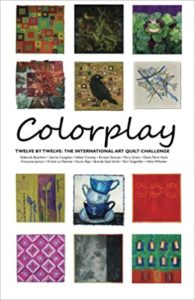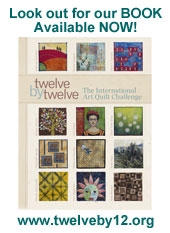So, for the current Maverick theme, my warped mind thought like this:
- Go to Google. I first search for the theme word, but with my own twist. Because I am already working in a series I can add to the word Maverick any number of words that I have pre-defined as being relevant to my series. So I might Google 'Maverick Africa'.
- Know what you are looking for but keep an open mind. Again, because I have set parameters in my series I know I want to link Maverick to a human rights or human issue story. So discovering a company called Maverick which is the largest manufacturer of manhole covers in South Africa was not really exciting me. But finding that there is an African made military vehicle used in peacekeeping operations known as a Maverick had possibilty.
- Follow through. I take a possibilty and reserach it further looking for the nugget of story that makes me excited. Excitement usually comes from a story that combines a lot of issues or themes I am personally interested in, or is maybe a compelling story in its own right and which invokes an emotional reaction I want to replicate in the art. So I will re- google combinations like Maverick Peacekeeping or Maverick Soldiers until I have a fuller picture. This actually did not tell me a lot as information was scarce. The vehicle was used for crowd control at the African Soccer World Cup but thats not exciting me. So as I say this was another deadend but let's imagine I really was excited about those controlled crowds and go with it for now.
- Consider images. At this stage I leave Google and start to think about associations and images. carry this around for a short while making connections between key words and thinking of symbols that fit. Sometimes this is easy. So for Urban Myth the urban theme and orevious work made me alight on a map background very quickly. Peacekeeping though is harder. I thought about doves and guns and the like. The obvious comes first but sometimes you need to get more obscure. Well, I like obscure anyway!
- Combine themes Dead ends can be useful in suprising ways by forcing unexpected connections in your brain. The manhole covers reminded me of a quilter who would take Markel Oil Sticks on holiday and make fabric rubbings of ornate manhole covers. Which made me think about the tires of the Maverick vehicle and the possibility of rubbing the tyres on my car to get a background pattern.
- Cheat ( just a little and only if necessary) Sometimes I will allow myself to 'flash browse' Google images. By this I mean a maximum of one minute flicking through images on a search of my key words. No longer because I want only a subliminal inspiration not a formed image I then have to avoid copying or having my work be derivative of.
- Think. Now I have a range of ideas, key words and images or symbols. I find a moment when I am relaxed ( bed, bath or walking are good times) and I sort of shake them together in my brain. Without fail some fall away and some coalesce into an idea that pleases me.
- Make it Them I go to the studio and make the thing.
If when I am working or while I am waiting for the scheduled time to arrive the idea changes then thats fine with me.
So, I am interested. What is your methodology for working to a theme? Have I given enough away that you can guess what my Maverick theme is?!




4 comments:
Thank you, thank you, thank you. Finally someone has put into words what so closely describes a process in a manner that I can understand. Thank you Helen. I now know that I'm on the right track when I follow my muse.
Thank you for this insight into your process. I hope that more of the Twelves will contribute to this thread. Del
So fascinating, Helen. I've heard many artists say that they really don't like the idea of working to a specific theme. Your description of your process and how you use (or don't use) the theme makes it seem so much less restrictive than some people think it is.
I've never felt restricted by our themes. Or maybe I've just grown accustomed to the process after four years.
Hi Helen,
This is a wonderful description of your method. I knew you posted before FOQ, but I wanted to have time to read it through. I didn't have too much chance to chat with you there.
Our TVCT group is starting a new challenge. at the September meeting, some of us are leading a brainstorming session. The theme is Halfway Between. The others work alot differently to the way I do - so they are leading the exercises relating to images and so on. I am leading the exercise relating to word. most (all?) of my work has a story behind it. I know how to describe how I work with words and stories...would you mind if I also shared the description of how you use them?
Thanks,
Sandy in the UK/Bracknell
Post a Comment